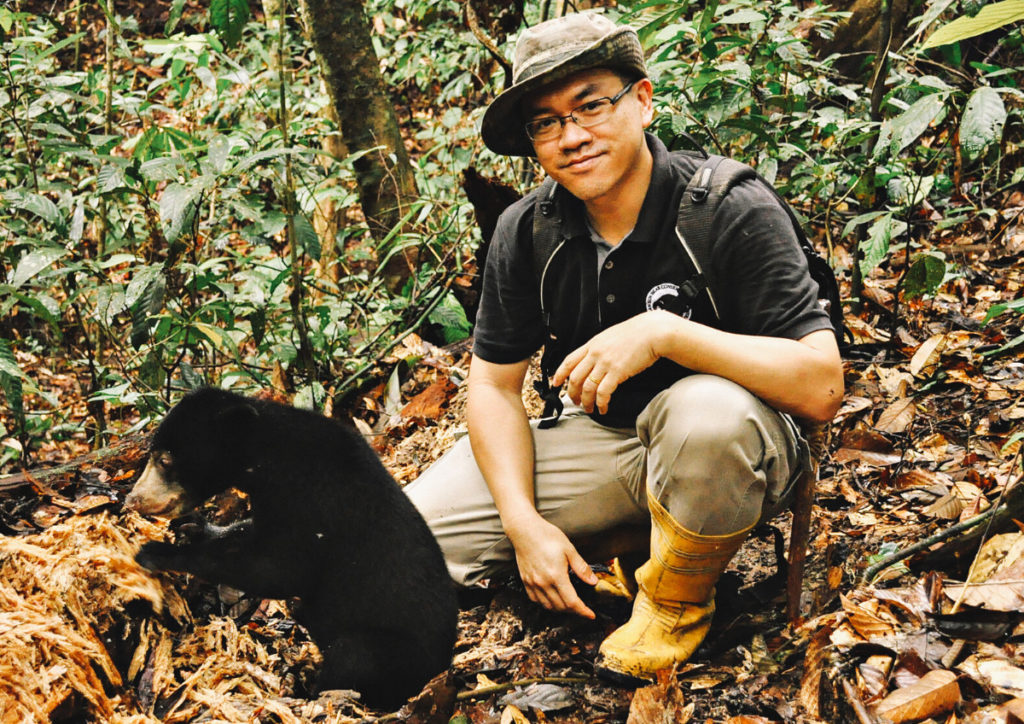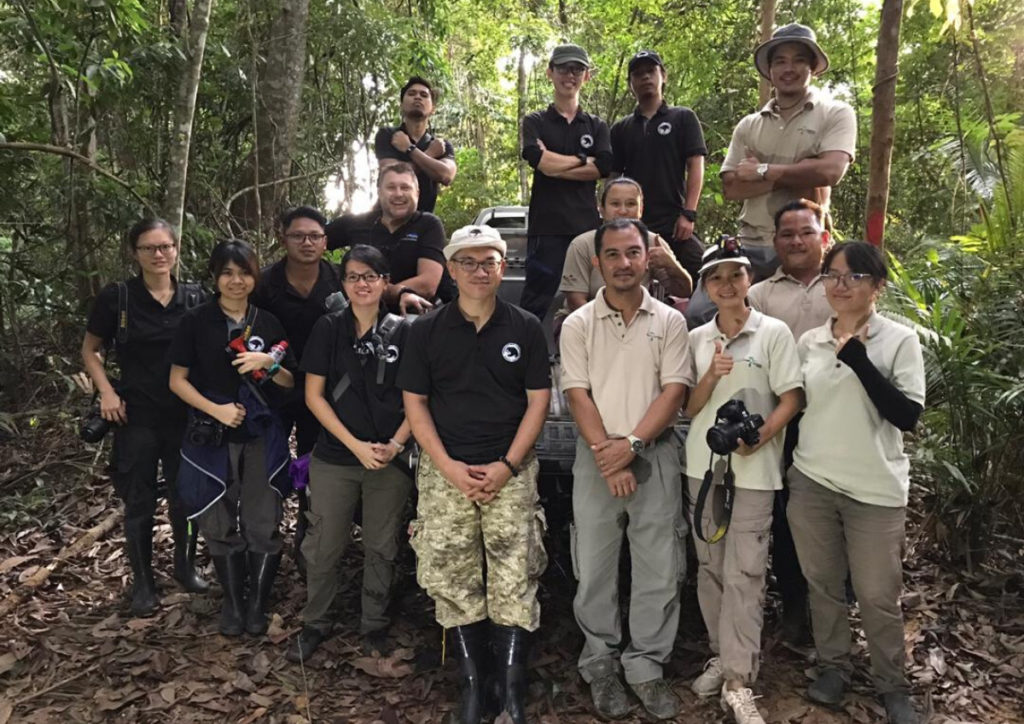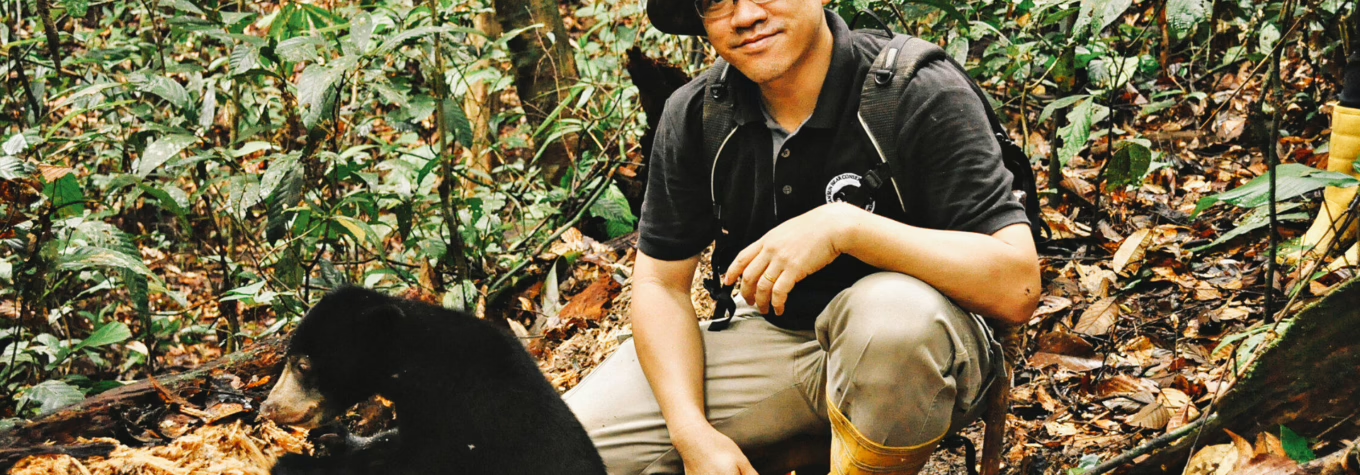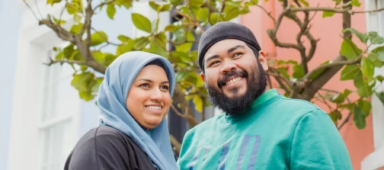Under threat from poaching and habitat loss, there are fewer sun bears than there are orangutans in Borneo today – this is the story of one man’s commitment to keep them alive
Wildlife biologist and ecologist Wong Siew Te has the honour of being Malaysia’s “Papa Bear”, a moniker earned by his commitment to the Malayan sun bear. Sporting wire-rimmed glasses and a smile that lights up his face when he speaks about his life’s work, the Penang-born biologist is the founder of the Bornean Sun Bear Conservation Centre (BSBCC) in Sandakan, Sabah.
The BSBCC is the world’s only sun bear sanctuary and works closely with the Sabah Wildlife Department (SWD) to rescue, rehabilitate and eventually release captive bears illegally kept as pets or displayed in recreation parks, mini-zoos and crocodile farms across Sabah. Today, over 40 rescued sun bears reside in its sprawling 25,000m2 facility within the Sepilok-Kabili Forest Reserve.
At the BSBCC, a typical day sees Wong feeding and tending to the rescued bears, giving visitors an educational tour of the rainforest premises and their rehabilitation efforts, creating content on its social media pages, engaging fundraisers – and this is just scratching the surface of the various hats he wears as a conservationist and wildlife biologist.

Each bear at the center is nicknamed after their unique quirks. There’s Linggam (“The Handsome”), an adult male bear with large eyes who’s rather popular with the female bears; Wawa (“The Explorer”), a curious cub who particularly loves a good lie-in on the hammock – and they all clearly take to and trust Wong. According to him, all the rescued sun bears share a similar history: they were victims of poachers who poached their mothers for body parts and sold the cubs as illegal pets.
“Nearly all arrive at the centre in various stages of mistreatment, malnutrition and trauma,” Wong reveals. “My team and I spend a lot of time and effort to nurse them and slowly rehabilitate them into an independent sun bear before they can be released back into the wild.”
Unfortunately, like most establishments relying on footfall for revenue, the BSBCC has been hard-hit by the pandemic. “We did not have any revenue from visitors when we were closed [during the MCO] and even when we reopened last month, the visitor numbers were very low,” Wong shares. “We’re now starting to conduct virtual tours for visitors across the world, who can visit our centre and view the bears from their own homes. We hope these activities can generate enough revenue to cover the expenses and feed the bears.”
“Papa Bear”
Native to Malaysia, the rainforest-dwelling sun bear is the world’s smallest bear. It’s easily distinguished from other types by the bib-shaped pale patch on the chest which, according to local legends, represents the rising sun. Despite its low species numbers and multiple threats to its existence, the sun bear is the least-known – and least-researched – bear in the world.
Wong explains that this is partly because their numbers in the wild are naturally low and they are also incredibly shy creatures. “Additionally, sun bears are also found in developing countries across Southeast Asia with limited resources for research and conservation work. As such, they compete with other conservation interest species in this region like tiger, orang-utan, rhino, and elephants,” he says.

Wong first started the BSBCC in 2008 in Malaysia after studying the sun bear as part of his Master of Science and doctorate degrees at the University of Montana. During his fieldwork, he became fascinated by their natural history, only to realise that sun bears were living in appalling conditions in captivity, killed for their parts (their gall bladders are falsely believed to have medicinal benefits), illegally kept as house pets and losing their habitats to logging, agriculture and land development.
Initially, the BSBCC took responsibility for the seven captive bears previously in the care of the adjacent Sepilok Orangutan Rehabilitation Center. Wong then spent the next few years rallying funds before officially opening the centre in 2014 as a joint project with SWD and a few government bodies. “There was no one or any agencies or NGO addressing the sun bear’s conservation issues then. As a sun bear biologist, I felt that I had the responsibility to do so,” shares Wong.
To date, Wong has successfully raised, rehabilitated and released eight bears into the wild – with plans for more in the future. According to him, the moment of releasing the rehabilitated bears is a bittersweet one. “My last words for them is always, ‘I wish that you’ll live long in the forest and never see any humans again!’”
Read more: In Phuket’s elephant sanctuaries, a big change is afoot

A tale worth telling
Wong and the bears in the BSBCC are the subjects of Australian author Sarah Pye’s new book Saving Sun Bears: One Man’s Quest to Save a Species which chronicles his efforts to protect the Bornean sun bear. The two met in 2012 when Sarah, then a journalist, was on holiday in Borneo. The hotel she was staying at gave her Wong’s number, who gave her a tour of the yet-to-open BSBCC center.
Most conservation biographies are of Western(ers) protecting wildlife in countries far from where they live. As a Malaysian, Wong has a nuanced understanding of how culture, politics and religion impact conservation.
“From the moment I saw sun bears 40m in the trees, swinging on the vines in the rain, I knew I had to do what I could do to help save them,” Sarah recalls. “When I asked what I could do to help, Wong said, ‘Do what you do best.’” Those five words inspired a seven-year journey which has led to the publication of the book earlier in June.
The book sheds light on Wong’s life as a conservationist and weaves in tales from his childhood in Penang, where Wong first discovered an affinity with animals. The youngest of nine children, he would keep various pets and rescue small birds from gutters and feed them. In fact, he initially pursued a degree in animal husbandry in Taiwan, only to realise after an eye-opening experience in an abattoir that he only wanted to work with animals that were wild and free.
“Most conservation biographies are of Western people protecting wildlife in countries far from where they live. While their work is very valuable, there are just as many conservationists working in their own countries whose voice is seldom heard,” Sarah explains. As a Malaysian, Wong has a nuanced understanding of how culture, politics and religion impact wildlife conservation – this was an important aspect of the book. “I felt I needed to tell a broader story than just the conservation of sun bears because our beliefs and culture shape the way we all interact with wildlife.”

A sliver of hope
If the status quo persists, the sun bear is estimated to be extinct in 30 years – but with concerted efforts from BSBCC, how hopeful is the road ahead for the sun bear? “The good news is wildlife tourism is raising awareness and providing alternative livelihoods in which the bear is worth more alive than dead. If (travellers) choose ecotourism in Borneo for their next holiday, they are helping habitat and wildlife protection by default,” shares Pye.
Regardless, Wong is determined in his resolve to keep fighting for the sun bears. “I have kept my promise to these bears in order to give them a second chance to live in the wild and to propagate the wild sun bear population,” he says. Perhaps the sliver of hope is that with places like BSBCC doing the groundwork to raise awareness and protect the sun bear, there will be a shift in attitudes towards our equation with wildlife – and, hopefully, another generation of Wongs that’ll be inspired to carry on the work.
The Bornean Sun Bear Conservation Center (BSBCC) is open daily from 9am to 3.30pm (directions to the centre here). To learn more about the BSBCC, visit their official website and follow their Facebook, YouTube, Instagram and Twitter. You can also donate or adopt a sun bear at the BSBCC.
“Saving Sun Bears” by Sarah Pye is available for purchase on Amazon and select bookstores. Sarah is currently writing a children’s series of short chapter books about Wong’s adventures with different species, which she hopes to launch by the end of the year.





